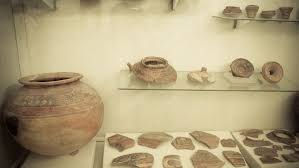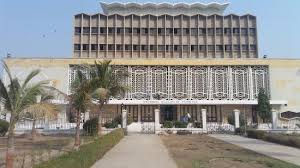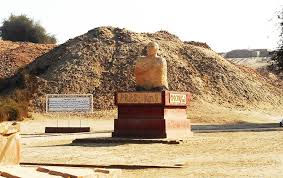Museum in Sindh
Sindh Museum

Describe your image

Describe your image

Describe your image

Describe your image
The Museum was established in 1971 [1] to collect, preserve, study, and exhibit the records of the cultural history of Sindh. The museum features the history and heritage of the Sindh and Indus Valley Civilization. Items from various ruling periods of Sindh, including Samma, Soomra, Kalhora and Talpur periods can be found at the museum. and also the life style of Sindhi People
Mohatta Palace
The Mohatta Palace (Urdu: مہتا پیلس) is a museum located in Karachi, Sindh, Pakistan. It was built in the posh seaside locale of Cliftonby Shivratan Chandraratan Mohatta, a Hindu Marwari businessman from modern day Rajasthan in India, in 1927, as his summer home.[1] The architect of the palace was Agha Ahmed Hussain.[2] However, Mohatta could enjoy this building for only about two decades before independence, after which he left Karachi for India. He built the Palace in the tradition of stone palaces in Rajasthan, using pink Jodhpur stone in combination with the local yellow stone from Gizri. The amalgam gave the palace a distinctive presence in an elegant neighbourhood, characterised by Indo-Saracenic architecture which was located not far from the sea.
Bhanbhore
Bhanbhore or Bhambhore (Sindhi: ڀنڀور; Urdu: بھنبھور), is a city dating to the 1st century BCE located in modern-day Sindh, Pakistan.The city ruins lie on the N-5 National Highway, east of Karachi. It dates back to the Scytho-Parthian era and was later controlled by Muslims from the 8th to the 13th century, after which it was abandoned. Remains of one of the earliest known mosques in the region dating back to 727 AD are still preserved in the city. In 2004, Department of Archaeology and Museums Pakistan submitted the site for UNESCO World Heritage Sites.




